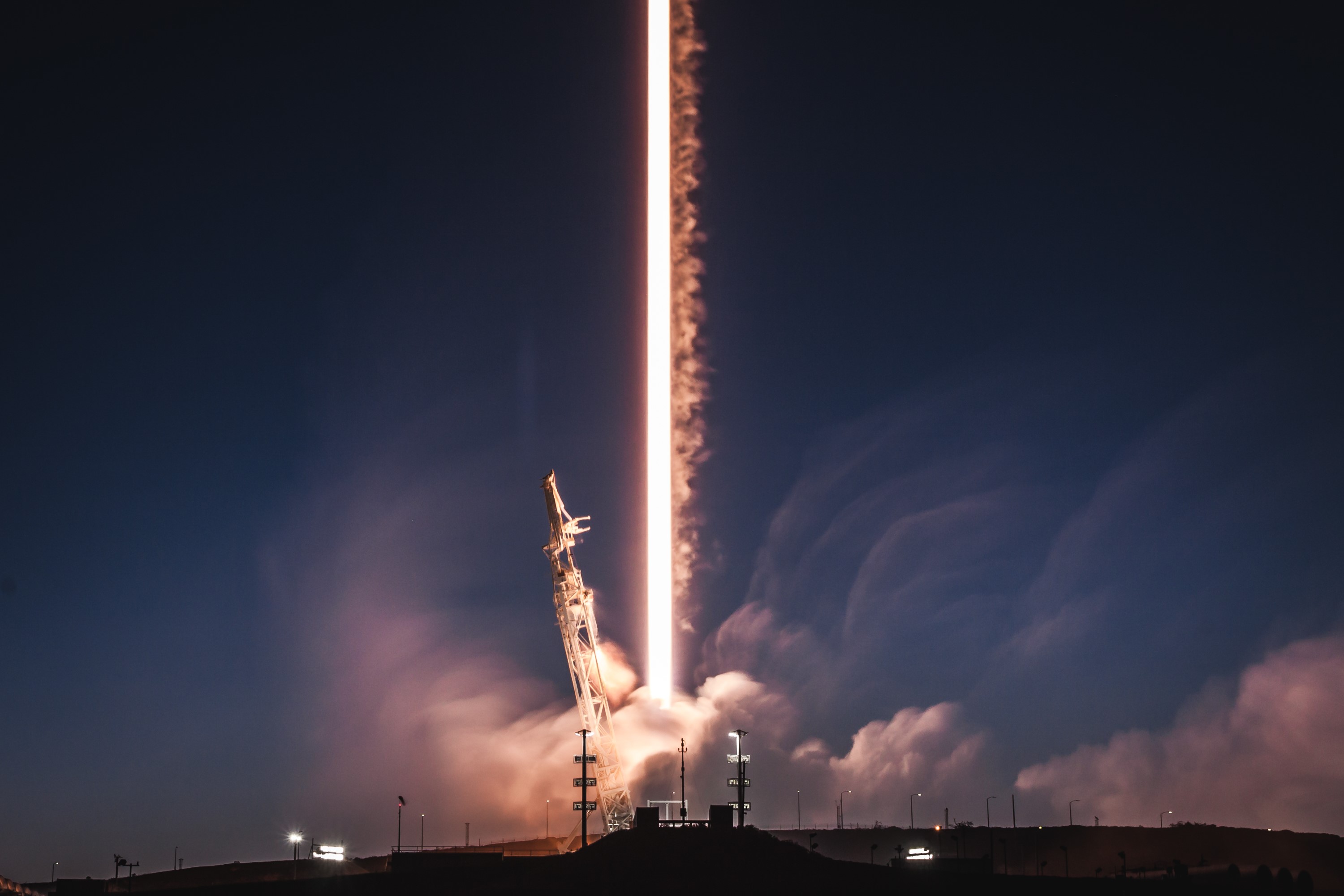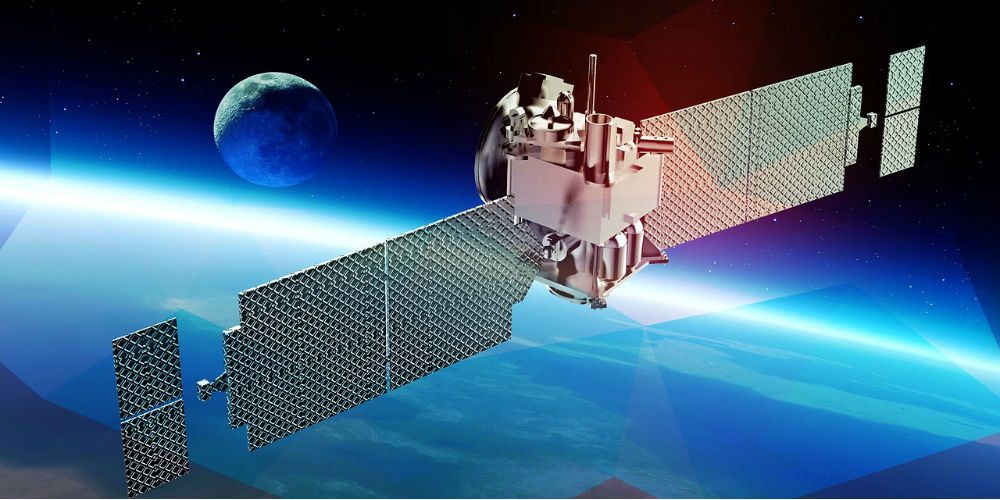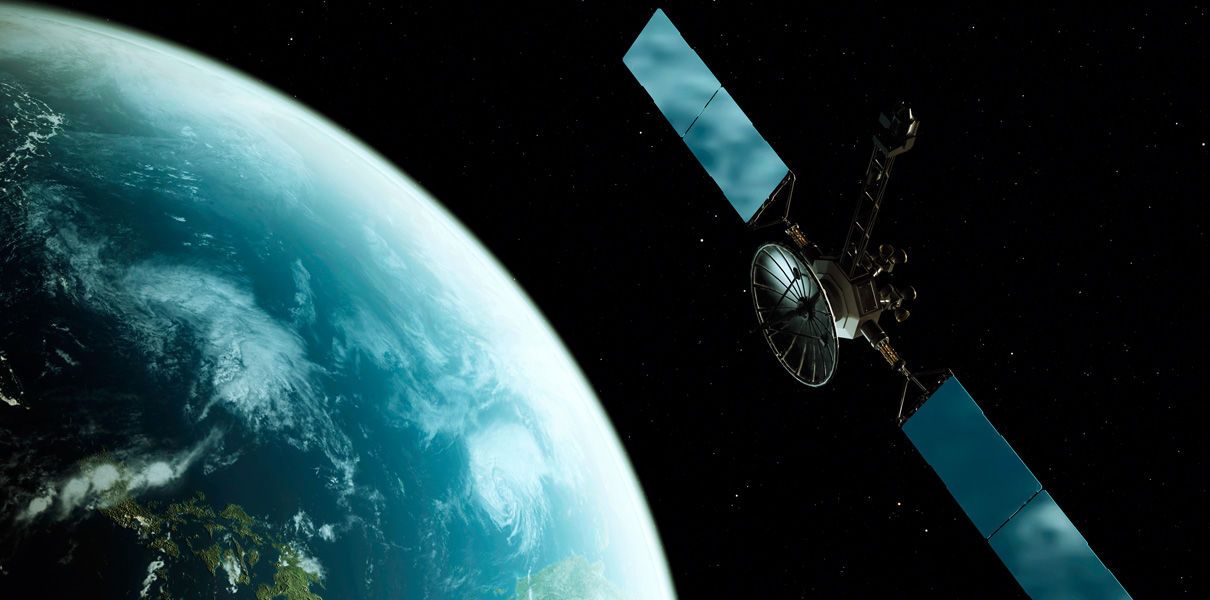Reference: global Internet for all and its creators

Optical fiber is a great opportunity to have high-speed Internet directly to your home or office. But even in large cities, broadband access to the network is not accessible to everyone, as sparsely reluctant providers turn on detached houses or remotely populated areas of settlements.
What to say about small towns, villages and villages that are located far from the main highways. And in poor countries, even in large cities, the Internet is slow and expensive, and villages and small cities have been without Internet for many years. In order to connect them to the global network, we need the capabilities and resources of not individual providers, but telecommunication giants. Solar-powered drones with networking equipment, balloons, satellites, and other interesting possibilities are all not science fiction, but reality. But who is already close to success, and who is still far from him? Let's see.
Now companies such as SpaceX, Facebook, OneWeb, Google, and even Roscosmos are taking part in the “space Internet race” (although the state corporation, however, only spoke about its desire to develop a space communications project, it hasn’t reached its end).
')
SpaceX and Starlink

About his idea to launch several thousand satellites into low orbit of the Earth to cover the entire surface of the planet with high-speed Internet Ilon Musk told in more or less detail in 2015. At the same time, work began on this large-scale project, later called Starlink .
In 2016, Space Exploration Holdings, LLC (SpaceX) filed a request for permission to operate its own satellite communications network with the US government bodies. In this case, the request included some technical details of the project. In particular, the document stated the need to launch into orbit more than 4 thousand satellites. After the network is deployed, the company plans to begin providing high-speed network access services on a global scale at Ku (10.7-18 GHz) and Ka (26.5-40 GHz) frequencies.
Initially, the company planned to launch 4,425 satellites into orbit, but then decided to bring their number to 12,000. In order to show the scale of the project, I’ll give you the number of satellites present in the orbit of our planet now - only about 1,400. their number is almost 10 times. Technical details of the project are available here.
The cost of the project is estimated to be at least $ 10 billion. Neither SpaceX nor Mask has such money, so he will have to use investments and borrowed funds. The satellite network is scheduled to begin with the launch of several hundred systems, and then gradually increase the volume of the “satellite armada”. There will be several orbits, but they are all low, altitude from 1150 to 1325 km. This is higher than the International Space Station, but lower than geostationary satellites.

The size of satellites - 4 × 1.8 × 1.2 m, weight - 386 kg. Estimated service life is from five to seven years. One Falcon 9 rocket can take on board up to 50 satellites at a time. It turns out that to output the first one and a half thousand systems, you need to run Falcon 9 32 times. By the way, the presence of our own launch vehicles, and inexpensive ones, is a great advantage of SpaceX, no other company that is going to do the same has such an opportunity.
As far as can be judged , the staff in the Starlink project has already been recruited, so we can expect the project to start working in full force soon. So far, two test satellites, Tintin-A and Tintin-B, are in orbit; they were launched in February of this year.
A few days ago it was reported that the US military began to cooperate with Starlink, and this means a lot for the future and the present project. In any case, the company has already received permission from the regulator.
Facebook announced its intention to begin work on connecting remote regions to the global network at the same time as SpaceX did - in 2015. True, the original plan was to use an entire army of unmanned aerial vehicles that run on electricity generated by photovoltaic cells. UAVs even got their own name Aquila. According to the developers, drones can be in the air for a long time.
And this despite the fact that the weight of such a device is about half a ton. Dimensions of unmanned aerial vehicles are serious - these are rather large aircraft, which require special installations to launch. Fly devices should have been at an altitude above 20 km, so as not to affect the current location of airline flights.
Facebook drones turned out to be - their photos, where aircraft are in the air, washed by the sun's rays, were often published on the net. True, the drone Facebook got into an emergency and was badly damaged during the first flight. The damage prevented further testing, and Facebook didn’t want to create a second one, as far as can be judged.
This year, in June, the social network officially refused to continue the project. Most likely, not only the accident affected, but also the potential technical difficulties of implementing such a large-scale project. After all, drones that fly in the atmosphere require constant monitoring and technical support. Plus, the regulator in the United States demanded that the social network drone be safe for everything - animals, birds, and even archaeological sites.

Facebook has now decided to launch its own Internet satellites, finding that such a project will be more efficient and less problematic than atmospheric drones. Already developed a special design satellite, called Athena. Its design allows "to provide access to a high-speed network to representatives of remote, inaccessible regions of the whole world."
Details of the project have not been disclosed, but we must think that SpaceX has a serious competitor.

For several years, Google has been involved in its own project, the basis of which is stratospheric balloons, carrying a payload in the form of network equipment and batteries. Until recently, Project Loon was just an experienced project, the possibility of commercialization of which was a big question.
But in June of this year, it became known that the project received the first commercial partner - we are talking about the company Telkom Kenia. Soon the network infrastructure will be deployed in this country with the help of balloons.
It all started much earlier than Facebook or SpaceX. Google started working on this project in 2011, that is, about seven years. According to the idea, the balloons should be at an altitude of about 20 km, from where they distribute the Internet. One balloon can cover a territory of 5 thousand km 2 with telecommunications.
Google didn’t scare the complexity of the project - after all, even with one ball it’s very difficult to control or at least understand where it’s going at the moment. What is there to say about a few dozen or hundreds of balls. But in order to learn how to predict the movement of "balls", the corporation studied the dynamics of atmospheric flows in various regions for several years, where it was planned to start the project in the first place. Computer models were also used, in which digital balls flew many hundreds of millions (yes, this is not a typo) kilometers.
Tests of balls were carried out in New Zealand, Brazil, Central California. In addition, Project Loon worked in test mode in Peru, as well as in Puerto Rico, after the regions' Internet infrastructure was damaged by floods and hurricanes. As for Kenya, in this country, the balls will provide broadband Internet to places where there is not even a cellular connection.
Oneweb
This company can be considered a competitor to both SpaceX and Facebook in the creation of satellite Internet networks. OneWeb was able to get permission from regulators to conduct tests, and next year it is going to deploy about 900 devices in orbit.
Since OneWeb does not have its own launch vehicles, the launches will be carried out with the help of such rockets as Soyuz, LauncherOne (Virgin Orbit), New Glenn (Blue Origin).
Satellite launch will be implemented in three stages. The first is the appearance of the first satellites in low orbit, these systems will provide access to the network at speeds up to 500 Mbps (for an individual user). The second stage is the expansion of the satellite constellation, the speed will increase to 2.5 Gbit / s. And the third stage is the launch of the remaining satellites while maintaining the network speed of up to 2.5 Gbit / s.
The cost of the project is even higher than that of SpaceX - the figure is simply huge - $ 30 billion. OneWeb plans to complete the construction of satellite infrastructure by 2027. The total network capacity by that time will be about 1000 terabits. By the way, 17 launches will be made with the help of the Russian "Unions" from the Russian space centers.
At the end of 2018, the company plans to launch its first satellite from the Kourou launch site of the Guiana Space Center.
Roscosmos

Representatives of Roscosmos are clearly thinking on a large scale, and therefore, in addition to creating lunar orbital stations, they are planning to create a worldwide satellite Internet network. The agency submitted its project back in May, stating that it will compete with the systems of the OneWeb and Starlink companies. This program provides for the deployment by 2025 of a constellation of 288 satellites with an orbit of 870 km, and requires an investment of 300 billion rubles.
In July, Russian President Vladimir Putin approved the allocation of a project to create a global satellite Internet system into a separate targeted program. And now it will be called not “Ether”, but “Sphere”.
“Today, Russia has dozens of civilian satellites and dozens of defense-related satellites, and we need 640 satellites that will create the optimal grouping for remote sensing of the earth, providing excellent remote communications throughout our country. In essence, this is a revision of the approaches to the formation of our orbital group. Our country is the largest in the territory, there are hard-to-reach places - physically you cannot save enough fiber and power lines. Space in Russia will allow to connect the country ", - Putin explained.
Rogozon said that in order to implement the project “it is necessary to build new factories, it is necessary to create a production element base of space designation with a 22 nm nominal type - so that these are small devices, and not such mugs as they were before. We thought we could do it. ” To launch such a number of satellites, at least 25 Angara missiles will be needed, the same Rogozin believes that this "will allow to solve financial problems related to the Khrunichev Center."
So when to expect "Internet for all"?
Most likely, the beginning will be made in the year 2019-2020, not earlier. It takes time and resources to launch a large number of satellites and deploy a working infrastructure that can be used not only as an experienced one.
As far as one can understand, the idea of the space Internet will prevail. It may well be that Google will commercialize its technology, but this will not be a global project, but a regional project. For example, it can be used to connect to the network of regions affected by any disasters. About the deployment of a network of balloons on a global scale is not necessary to say - it is too difficult to implement. Difficult and expensive.
In addition to the above-mentioned organizations, there are others, but their projects have not yet advanced further than loud statements (as in Roskosmos, by the way). Therefore, if the global Internet appears, it will be launched by one of the mentioned companies.
Source: https://habr.com/ru/post/420507/
All Articles